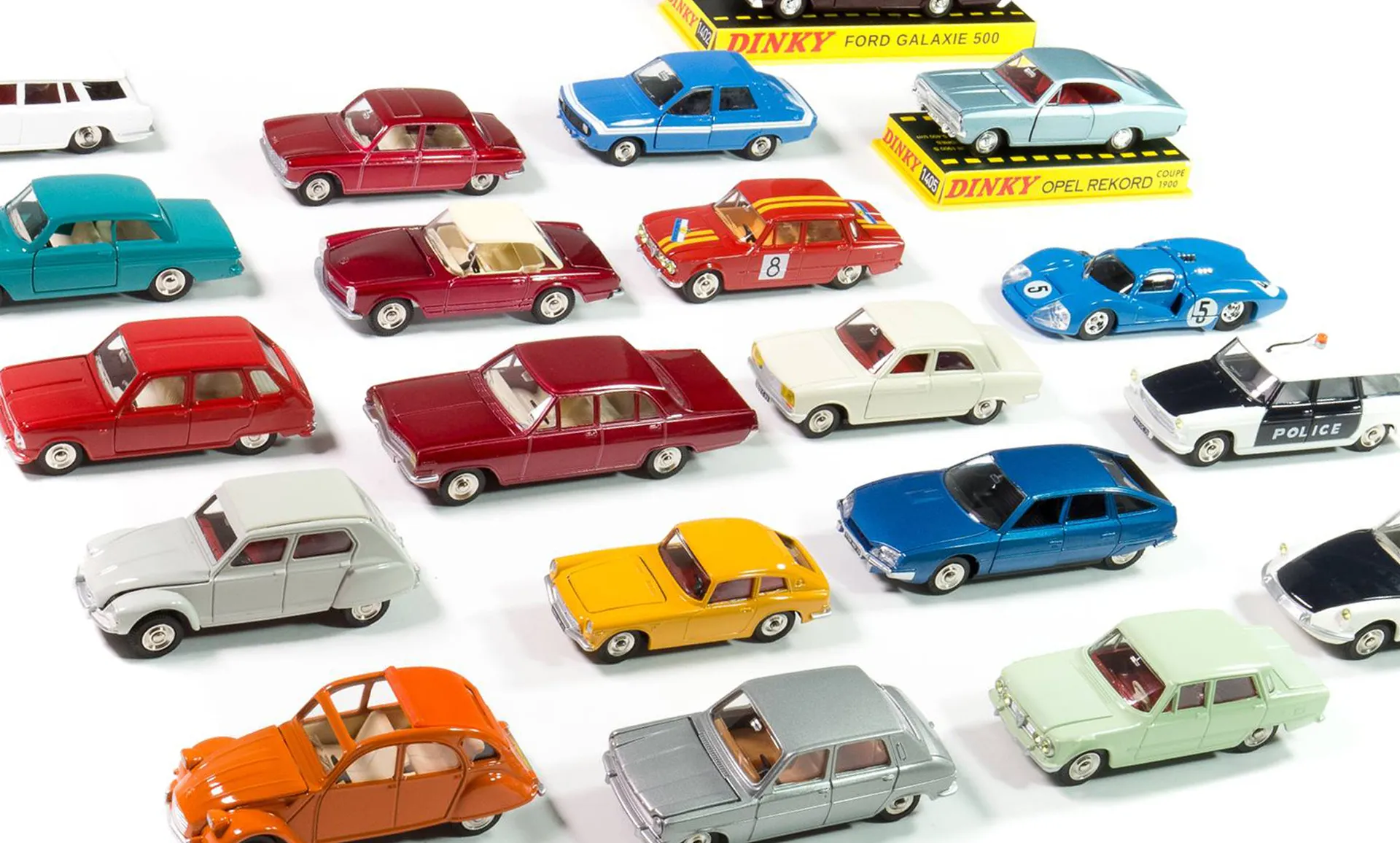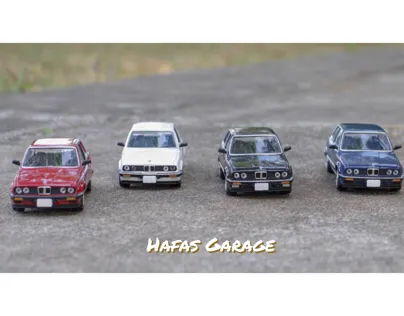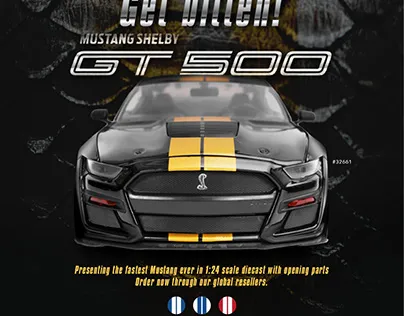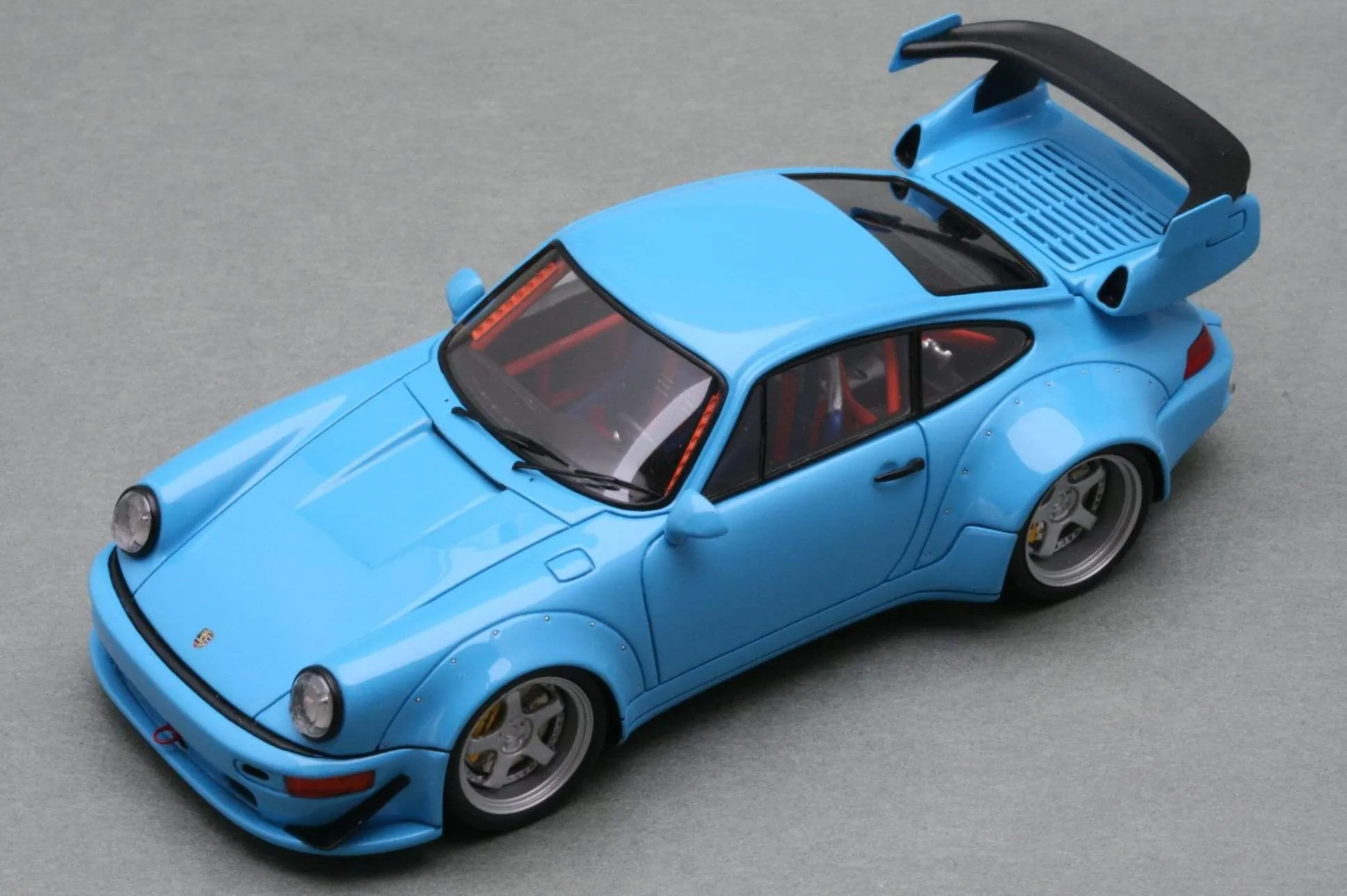What are Diecast Model Cars
Diecast model cars are miniature replicas of automobiles, meticulously crafted using a specific manufacturing process. The term ‘diecast’ refers to the method of production, where molten metal is injected into molds, or dies, under high pressure. This process allows for the creation of highly detailed and accurate representations of real-world vehicles. These models are not just toys; they are collectibles, valued for their craftsmanship, historical significance, and the joy they bring to enthusiasts of all ages. They represent a diverse range of vehicles, from classic vintage cars to modern supercars, and even trucks, buses, and motorcycles.
History of Diecast Models
The history of diecast model cars is a fascinating journey, evolving alongside advancements in manufacturing and a growing passion for collecting. The earliest examples emerged in the early 20th century, initially as simple toys made from lead and other rudimentary materials. These early models were often crude, lacking the detail and precision we see today. However, they laid the foundation for a hobby that would captivate generations of enthusiasts. The evolution of diecast models reflects broader technological progress, with the introduction of new materials and techniques leading to more intricate and realistic miniatures.
Early Diecast Production

Early diecast production was a far cry from the sophisticated methods used today. Before the advent of precise machinery and refined alloys, model cars were often cast from simple molds using materials like lead or tin. The level of detail was limited by the manufacturing constraints. The focus was more on providing a toy that could withstand some rough handling than on achieving perfect scale accuracy. These early models, although less detailed, hold a certain charm and historical value, representing the origins of a beloved hobby.
Evolution of Diecast Manufacturing
The evolution of diecast manufacturing has been marked by continuous innovation. The use of zinc alloys, such as Zamak, enabled greater detail and durability. Advancements in mold-making techniques, including the use of precision machining and computer-aided design (CAD), allowed for the creation of incredibly accurate models. The incorporation of plastic parts, rubber tires, and other materials added to the realism. Today, diecast manufacturers can produce models with astonishing levels of detail, including opening doors, detailed interiors, and even working suspension systems, further enhancing their appeal to collectors and enthusiasts.
Top 7 Features of Diecast Model Cars
Realistic Detailing

One of the most striking features of diecast model cars is their realistic detailing. Modern models strive to replicate every aspect of their full-size counterparts, from the body panels and trim to the interior features. Manufacturers pay close attention to the paint finishes, using accurate colors and applying multiple layers to achieve a realistic depth. Decals and tampo-printing techniques are used to replicate logos, badges, and other intricate details. The result is a miniature representation that closely mirrors the original vehicle, captivating collectors with its precision.
High-Quality Materials
Diecast model cars are constructed using high-quality materials to ensure both durability and realism. The primary material used in diecast models is typically a zinc alloy, such as Zamak, which offers excellent strength and the ability to capture fine details. Other components often include plastic for interior parts, tires made from rubber, and glass for the windows. The combination of these materials not only contributes to the model’s aesthetic appeal but also ensures that it can withstand the test of time, making it a worthwhile investment for collectors.
Variety of Scales
Diecast model cars come in a wide variety of scales, allowing collectors to choose models that suit their preferences and available space. The most popular scales include 1:18, 1:24, 1:43, and 1:64, each offering a different level of detail and size. The 1:18 scale is often preferred by collectors for its large size and extensive detailing, while 1:43 and 1:64 scales are ideal for displaying a large collection in a relatively compact space. The variety of scales ensures there is a model for every collector, providing flexibility to create an impressive and diverse collection.
Collectibility and Value

Diecast model cars are highly collectible, and their value can appreciate over time, making them an appealing investment for enthusiasts. Limited edition models, rare releases, and those with historical significance often command premium prices. The collectibility of a model is influenced by factors such as rarity, condition, and the popularity of the original vehicle. Some collectors focus on specific brands, scales, or types of vehicles, further driving the value of their chosen models. Building a diecast model collection is a rewarding pursuit, and with proper care and research, it can also prove to be a sound investment.
Durability and Longevity
Diecast model cars are designed to be durable and long-lasting. The materials used in their construction, particularly the zinc alloy, are resistant to wear and tear. This durability ensures that models can withstand handling and remain in excellent condition for many years. Proper care, including careful storage and regular cleaning, can further extend their lifespan. The longevity of diecast models is a significant advantage, allowing collectors to enjoy them for a lifetime and pass them on to future generations. This durability contributes to their appeal as both collectibles and keepsakes.
Historical Accuracy
Many diecast models are produced with a high degree of historical accuracy, meticulously replicating the details of the original vehicles. Manufacturers research and analyze original blueprints, photographs, and other documentation to ensure that their models are as authentic as possible. This includes replicating the correct body shape, interior features, and even the colors and markings of the real cars. Historical accuracy is a crucial aspect of diecast models, particularly for collectors interested in specific periods or models. This allows enthusiasts to appreciate the design and engineering of classic and iconic vehicles in miniature form.
Aesthetic Appeal

Diecast model cars possess a distinct aesthetic appeal that draws in collectors and enthusiasts. The combination of intricate detailing, high-quality materials, and accurate color schemes results in visually stunning miniature vehicles. The craftsmanship involved in creating these models is often exceptional, with attention given to every detail, from the shape of the body to the interior features. The aesthetic appeal of diecast models makes them appealing display pieces, conversation starters, and treasured items for collectors of all ages. The beauty and realism of these models are a significant part of their charm.
Benefits of Collecting Diecast Models
Educational Value
Collecting diecast models can offer significant educational value, especially for children and young adults. It provides a unique opportunity to learn about automotive history, engineering, and design. Collectors often research the vehicles they collect, learning about their origins, specifications, and the historical context in which they were produced. This can spark an interest in history, technology, and the evolution of transportation. Diecast models also promote fine motor skills and attention to detail, as enthusiasts carefully handle and examine their collections, and can foster a deeper appreciation for the design and engineering of automobiles.
Stress Relief and Hobby

Collecting diecast models can be a rewarding hobby and a form of stress relief. The act of searching for, acquiring, and displaying models provides a sense of accomplishment and enjoyment. The detailed nature of the models and the process of collecting can be a relaxing and meditative experience. For many enthusiasts, the hobby offers an escape from the stresses of daily life, providing a creative outlet and a way to connect with a community of like-minded individuals. Building a collection is a rewarding pursuit, providing both entertainment and a sense of purpose.
Investment Potential
Diecast model cars can hold investment potential, with some models appreciating in value over time. Factors such as rarity, limited production runs, and historical significance can influence the value of a model. Collectors often research market trends and the value of specific models to make informed decisions about their investments. Building a collection with an eye towards future value can be a smart strategy. While the primary motivation for collecting should be personal enjoyment, the potential for financial return is an added benefit, making diecast models an appealing investment for those with a passion for automobiles and collectibles.
Display and Presentation
Display Cases and Shelves

Proper display and presentation are essential for showcasing a diecast model car collection. Display cases and shelves provide a stylish and practical way to protect models from dust and damage, while also allowing collectors to admire their collections. Display cases come in various styles, from simple glass shelves to elaborate cabinets with lighting and adjustable features. Shelves can be arranged in creative ways, such as themed displays or by scale. The choice of display method depends on the size of the collection, the available space, and the collector’s personal preferences. A well-organized display enhances the aesthetic appeal of a collection, making it an enjoyable experience for both the collector and visitors.
Organizing Your Collection
Organizing a diecast model car collection can be a fun and rewarding process. Many collectors organize their collections by scale, brand, type of vehicle, or historical period. Others choose to organize their models by color or model year. The most important thing is to develop a system that works for you and allows you to easily locate and admire your models. Consider using labels, dividers, or display cards to identify each model. Keeping an inventory of your collection can also be helpful, especially for insurance or valuation purposes. A well-organized collection is not only visually appealing but also makes it easier to appreciate and enjoy your investment.
Diecast Model Car Brands
Popular Diecast Brands
There are many popular diecast model car brands, each with its own strengths and specialties. Some of the most well-known brands include Hot Wheels, Matchbox, Maisto, Autoart, Minichamps, and Bburago, each offers a diverse range of models, from affordable toys to high-end collectibles. Other brands focus on specific types of vehicles or scales, catering to niche interests. The choice of brand often depends on personal preferences, desired level of detail, and budget. Researching the brands and their specialties is a crucial step in building a diecast model car collection.
Factors Influencing Brand Choice
Several factors influence a collector’s choice of diecast model car brands. The quality of the models, including the level of detail, materials used, and accuracy of the replica, is an important consideration. The availability of specific models or types of vehicles can also influence brand choice, especially if a collector is focused on a particular make or era. The reputation of the brand for producing high-quality models and its commitment to customer satisfaction are also key factors. The price point of the models and their overall value relative to the cost are additional considerations. Researching these factors is the best way to find brands that match your interests and budget.
Caring for Your Diecast Models
Cleaning and Maintenance
Proper cleaning and maintenance are essential for preserving the condition and value of diecast model cars. Regular dusting is crucial to prevent the build-up of dirt and debris, which can scratch or damage the models. Use a soft cloth or a specialized model car cleaning brush to remove dust. Avoid using harsh chemicals or abrasive materials, as these can damage the paint and finishes. For more thorough cleaning, use a mild soap solution and gently wipe the models. Ensure that the models are completely dry before storing them. Regular maintenance ensures that your collection remains in top condition.
Storage and Protection
Proper storage and protection are essential for preserving the condition and value of diecast model cars. Store models in a cool, dry place away from direct sunlight and extreme temperatures, as these can damage the paint and materials. Consider using display cases, protective boxes, or individual sleeves to protect the models from dust, scratches, and other potential damage. Avoid storing models in attics, basements, or garages, where humidity and temperature fluctuations can be significant. Proper storage ensures that your collection remains in excellent condition for years to come.
Where to Buy Diecast Models
Online Retailers
Online retailers offer a vast selection of diecast model cars, making it easy to find and purchase models from the comfort of your home. Major online marketplaces, such as Amazon and eBay, offer a wide variety of models from various brands and scales. Specialized online retailers, such as diecast model car shops, provide curated selections and offer expert advice. Buying online often offers competitive prices and convenient shipping options. Be sure to research the retailer’s reputation and return policies before making a purchase. Online retailers are great for expanding the reach of your collecting hobby.
Specialty Shops and Shows
Specialty shops and model car shows offer a unique and immersive experience for diecast model enthusiasts. These shops often carry a curated selection of models from various brands and scales, providing personalized service and expert advice. Model car shows are gatherings of collectors and dealers, where you can browse a wide variety of models, meet fellow enthusiasts, and often find rare or vintage items. Attending shows and visiting specialty shops offers the opportunity to see models in person, compare options, and connect with the diecast model community. Such shops offer great ways to explore the hobby.
